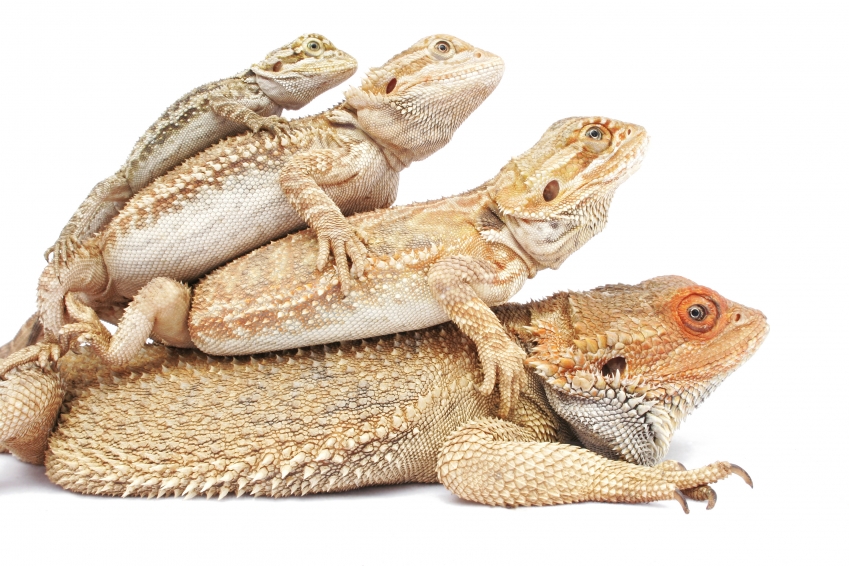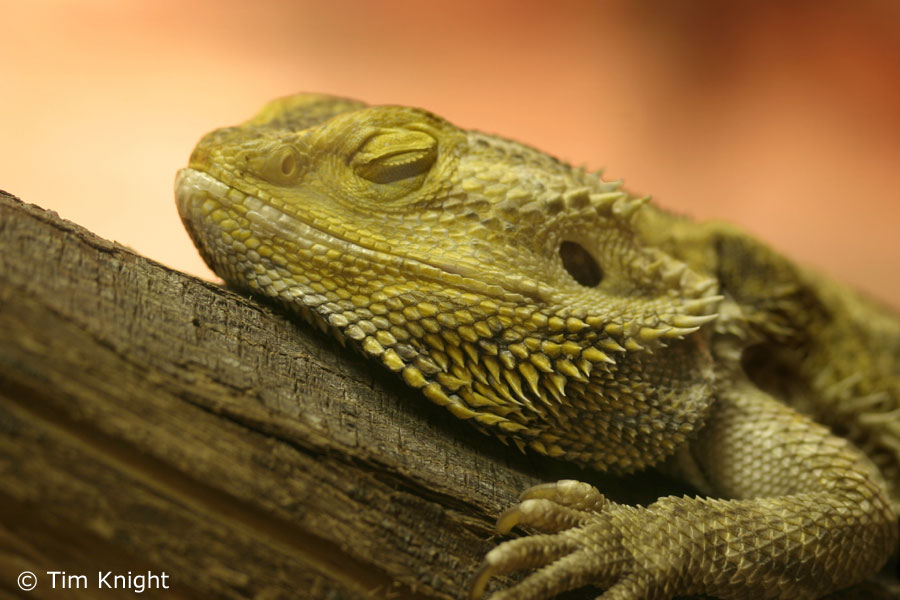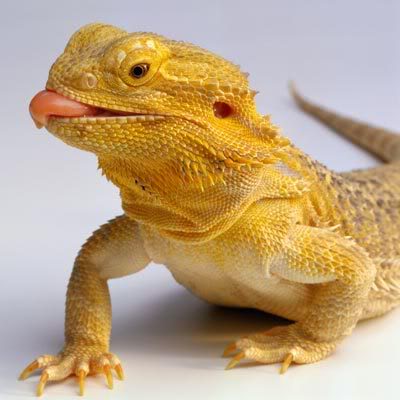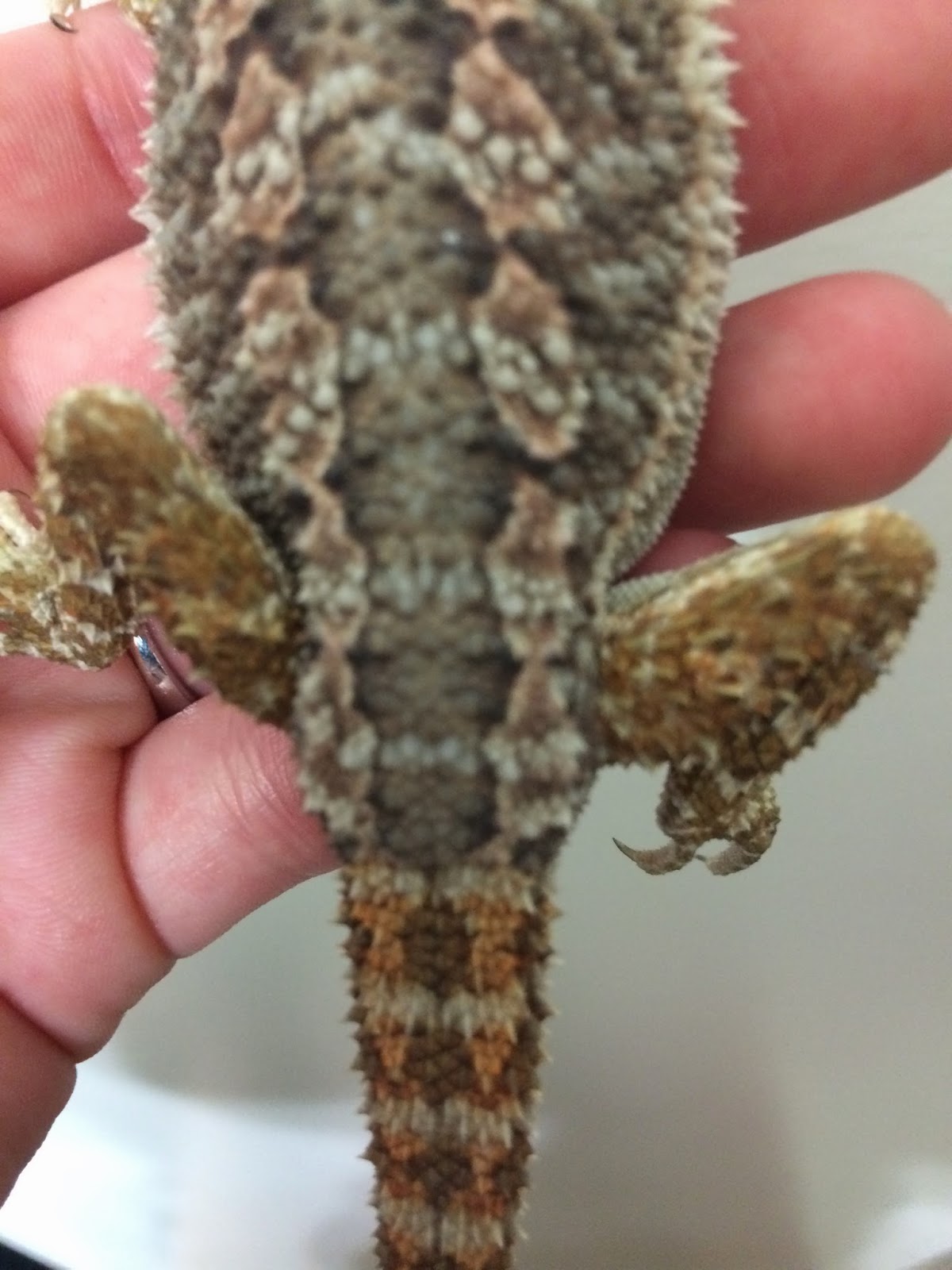The Ultimate Guide to Bearded Dragon Zero: Everything You Need to Know
Introduction
Are you thinking about getting a bearded dragon? If you are, you might have come across the term ‘bearded dragon zero.’ This term can be confusing for beginners, but fear not, we are here to explain everything to you. In this post, we will be discussing what bearded dragon zero is, their genetics, how to care for them, and more. So, let’s get started!
What is a Bearded Dragon Zero?
Bearded dragon zero is a genetic morph of the bearded dragon. The term ‘zero’ is used to describe the complete lack of yellow and red pigments in the bearded dragon’s scales. This morph is also known as ‘whiteout’ because they appear almost pure-white. Bearded dragon zero is a recessive genetic trait, meaning that both parents must carry the gene to produce a zero offspring. However, even if both parents carry the gene, the outcome is still unpredictable - there is a 25% chance of producing a zero offspring.
Why Do People Like Bearded Dragon Zeros?
Bearded dragon zeros are highly sought after by bearded dragon enthusiasts because of their unique appearance. Their lack of color and unique pattern make them stand out in any collection. Moreover, their calm and docile nature also make them a popular choice for pet owners.
How to Care for a Bearded Dragon Zero?
Housing
The first thing you need to consider when caring for a bearded dragon zero is their housing. They need a spacious cage that mimics their natural habitat. The minimum size for one bearded dragon is 40 gallons, but we recommend going bigger if you can. Additionally, it’s best to provide mixed substrates, such as sand, soil, and reptile carpet. This will give them a place to burrow and help maintain their claws’ health.
Lighting and Heating
Another essential aspect of bearded dragon zero care is their lighting and heating. They require UVB lighting to enable them to metabolize calcium properly. Additionally, they need a heat source, such as a basking lamp, to maintain their optimal temperature range. The optimal temperatures for basking are around 100-110°F and around 80-90°F for the rest of their tank.
Diet
Bearded dragons are omnivores, meaning they eat both plants and animals. Feeding them a balanced and varied diet is crucial to keep them healthy. Some of the best food choices for bearded dragons include collard greens, kale, carrots, crickets, and dubia roaches. You should avoid giving them foods high in fat, such as mealworms, as this can cause issues with their health.
Conclusion
Bearded dragon zero is an exciting and unique morph of the bearded dragon. They make great pets and are easy to care for. However, like all reptiles, they do have specific requirements, so make sure you do your research before bringing one home. If you provide them with the proper care, your bearded dragon zero can live a long and happy life. We hope this guide has been helpful to you, and we wish you luck on your bearded dragon journey!
Images









